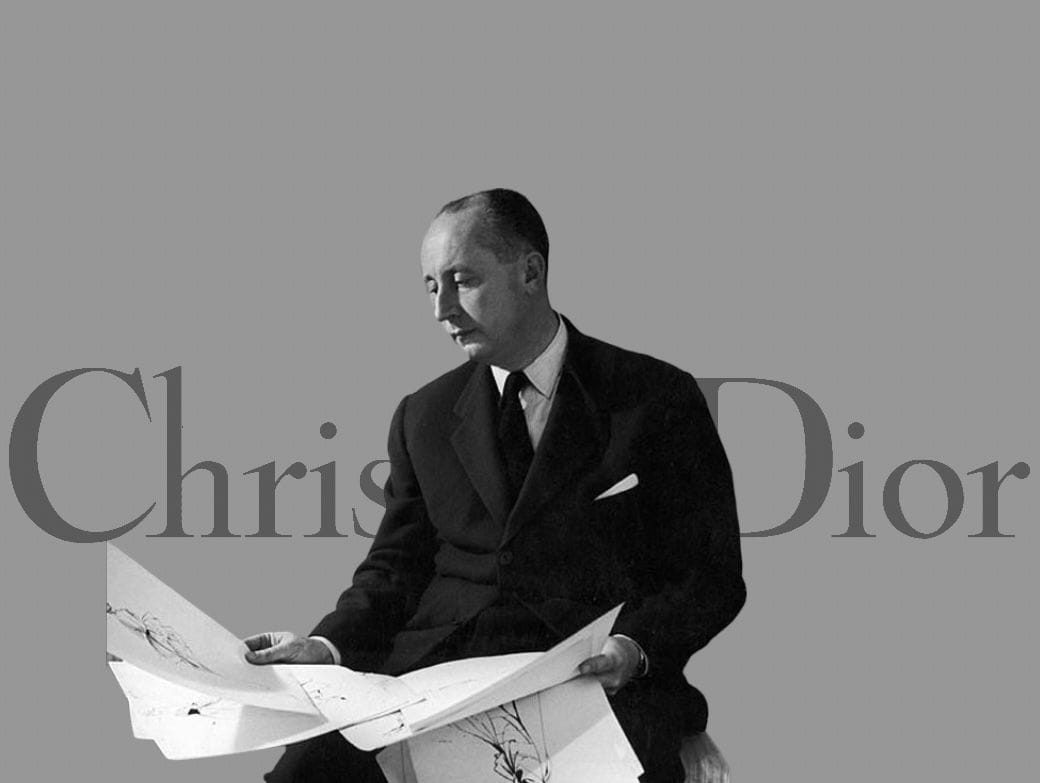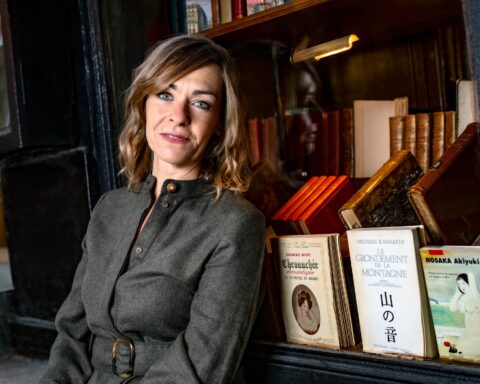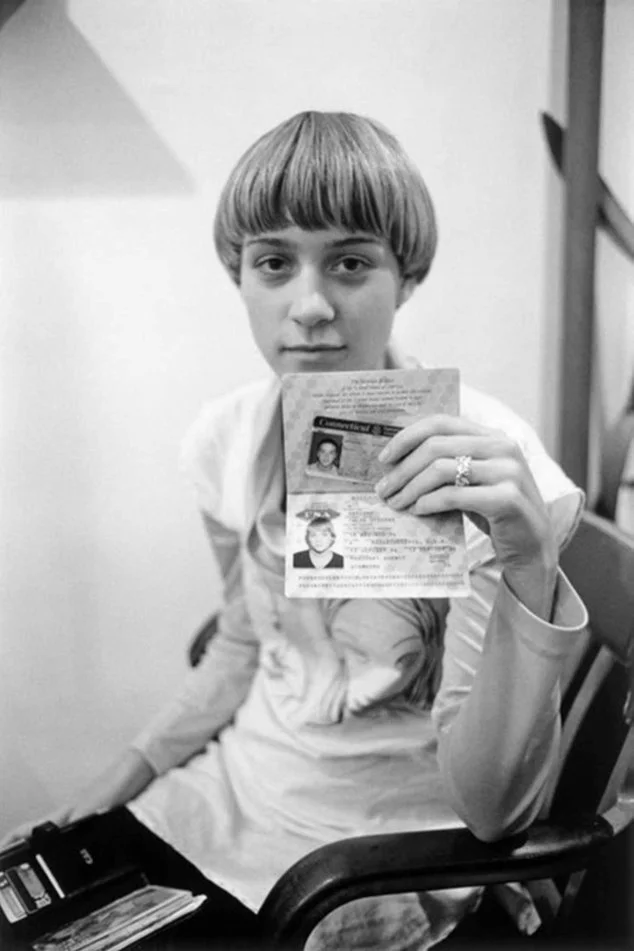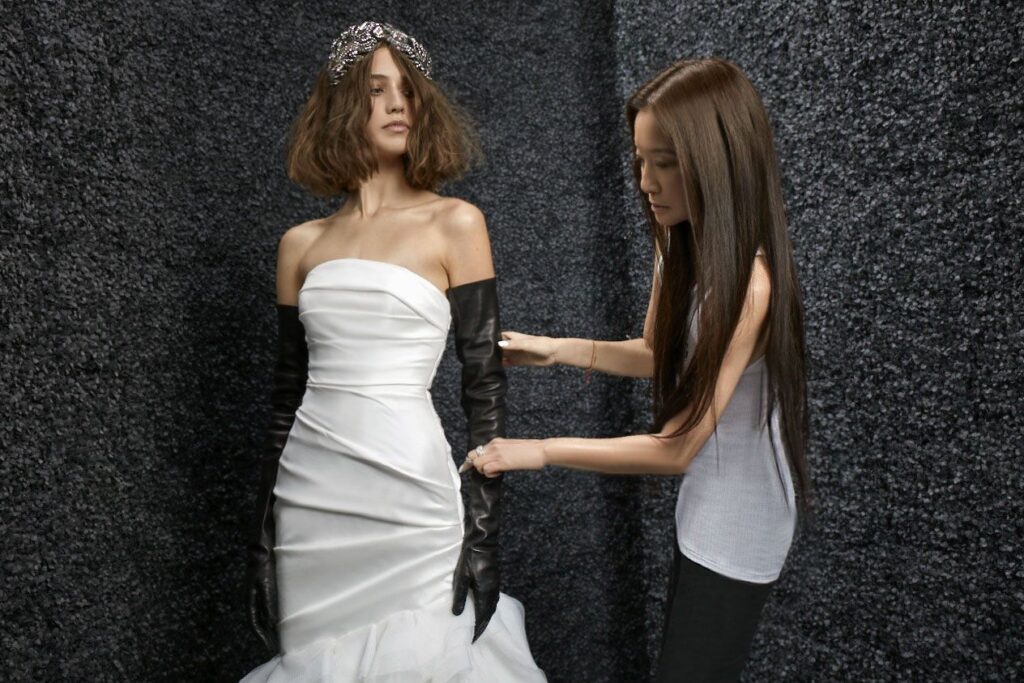Christian Dior was born on January 21, 1905, in the coastal town of Granville, France. Hailing from a well-to-do family, his father was a prosperous fertilizer manufacturer, which provided Dior with a comfortable upbringing. From a young age, Dior harbored a passion for art, an interest that was initially directed towards architecture. However, his penchant for aesthetics and creation eventually led him to explore other artistic domains, particularly fashion.
Dior’s early fascination with art and design was supplemented by the support and financial backing of his family. This support allowed him to immerse himself in Paris’s vibrant cultural and artistic scene during the prosperous 1920s. Despite his parents’ initial expectations for him to become a diplomat, Dior pursued his creative inclinations, knowing that his true calling lay elsewhere.
The vicissitudes of history, particularly the advent of World War II, profoundly influenced Dior’s early career. The war caused a disruption, but it also shifted his career trajectory towards fashion. During these formative years, Dior worked with Robert Piguet, one of the most prominent couturiers of the time. Under Piguet’s tutelage, Dior honed his skills and absorbed valuable lessons that would later define his haute couture creations.
Christian Dior’s initial forays into the fashion world were marked by a blend of enthusiasm and determination. His early work witnessed a synthesis of his artistic background and innovative design concepts. With the encouragement of his family and the experience gained from working with Piguet, Dior set the stage for his future endeavors. These experiences laid the foundational stones for what would eventually bloom into a legendary career in haute couture, forever intertwining his name with the essence of fashion creation.
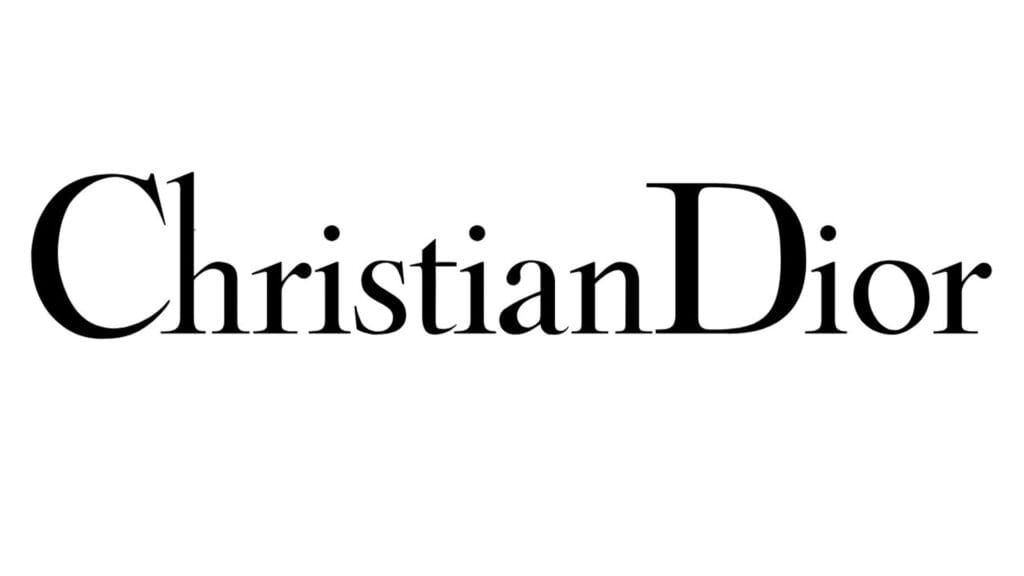
The New Look Revolution
In 1947, Christian Dior introduced an iconic style that would revolutionize the fashion industry and leave an indelible mark on haute couture—the ‘New Look.’ This debut collection redefined femininity and elegance, centering around three prominent elements: the cinched waist, full skirts, and the emphasis on an hourglass silhouette. Each of these components worked in harmony to celebrate the female form, moving away from the boxy and utilitarian styles that characterized the wartime era.
The ‘New Look’ featured lavish fabrics and meticulous craftsmanship, a stark contrast to the austerity of the preceding years. Dior’s designs showcased a cinched waist, achieved through corsetry, which was complemented by voluminous skirts that often featured pleats and layers of tulle. This striking combination emphasized an hourglass figure, portraying women as graceful and elegantly poised. Blouses and jackets were tailored to enhance the bust and gently tapered to accentuate the waist, further defining this quintessential silhouette.

The fashion world was taken by storm as Dior’s ‘New Look’ rapidly gained international acclaim. The collection’s romantic and luxurious aesthetic meshed seamlessly with a world yearning for glamour and renewal after the hardships of World War II. Dior’s creations injected a sense of optimism and sophistication, captivating the imagination of women globally who aspired to the haute couture elegance that his designs represented.
As the ‘New Look’ gained momentum, it became a defining moment in Christian Dior’s illustrious career. This monumental shift didn’t just influence fashion but also had significant cultural implications. It played a crucial role in restoring Paris’s status as the fashion capital of the world and shifted the global perception of women’s fashion. Dior’s ability to blend creativity, artistry, and femininity not only revived the post-war fashion landscape but also solidified his legacy as a visionary designer whose influence continues to resonate.
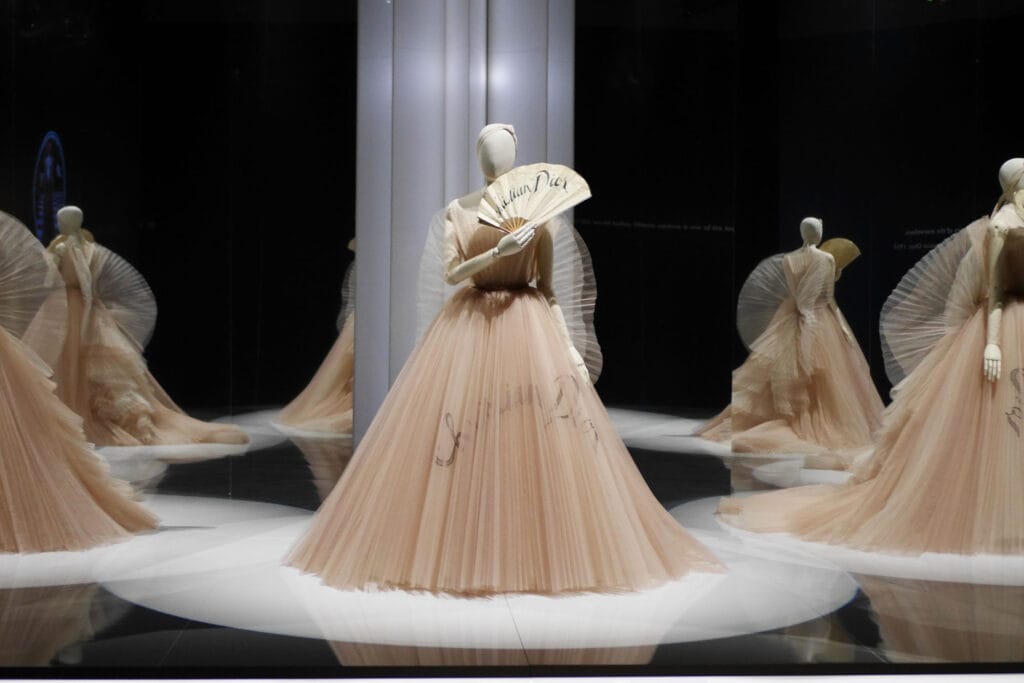

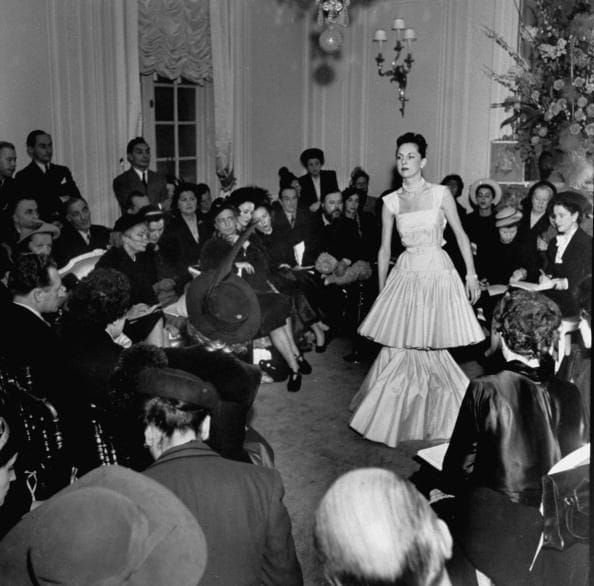

Defining Style and Innovations
Christian Dior revolutionized the fashion world with a distinctive style that intertwined elegance and innovation. His designs were synonymous with luxurious fabrics and meticulous craftsmanship, transcending the conventional norms of his era. One of his most iconic creations, the Bar suit, epitomized Dior’s mastery in reimagining the female silhouette. The suit featured a soft, rounded shoulder, a cinched waist, and a full, flaring skirt, redefining post-war fashion with its elegant yet powerful form.
Equally transformative was Dior’s A-line skirt, which became a hallmark of his collections. The A-line design, with its fitted shoulders and widening hemline, offered a refreshing departure from the prevalent styles of the time. This innovation not only accentuated femininity but also commanded a sense of timeless sophistication. Seamlessly blending structure with fluidity, Dior’s A-line skirts set a new standard in haute couture, showcasing his unparalleled ability to marry traditional techniques with modern sensibilities.
Dior’s devotion to detailed craftsmanship extended to his choice of fabrics and embellishments. He favored luxurious textures such as silks, taffetas, and velvets, often adorning them with intricate embroidery and beadwork. His creative vision included a love for floral motifs and a deep appreciation for romanticism. Gardens served as a frequent source of inspiration, fueling his passion for incorporating delicate floral patterns and soft, pastel hues into his designs. These elements brought an ethereal quality to his collections, rendering each piece not just a garment but a work of art.
Dior’s legacy is cemented through his innovative approach to fashion design, which continuously melded classic elegance with contemporary flair. His remarkable contributions—whether through landmark creations like the Bar suit and A-line skirts or his romantic, nature-inspired embellishments—continue to influence and enchant the world of fashion. Dior’s dedication to blending luxurious materials, intricate details, and innovative silhouettes has solidified his status as a luminary in haute couture, forever transforming the sartorial landscape for women.

Expansion and Legacy
The House of Dior experienced phenomenal growth within its first decade, establishing a legacy that would resonate throughout the fashion industry. Under the visionary leadership of Christian Dior, the brand diversified into various areas including perfumes, accessories, and ready-to-wear lines. This multi-faceted expansion laid the foundation for Dior’s enduring influence in haute couture.
The launch of the iconic perfume, Miss Dior, in 1947 marked the beginning of the brand’s foray into the fragrance market. This creation was dedicated to Dior’s sister, Catherine Dior, and it encapsulated the elegance and sophistication that would become synonymous with the brand. The success of Miss Dior propelled the House of Dior into the fragrance industry, establishing perfumes as an integral part of its product line.
Simultaneously, the brand ventured into accessories, offering a wide range of products such as handbags, shoes, and jewelry. Each accessory line echoed the haute couture principles that Dior was renowned for, combining practicality with unparalleled craftsmanship. These additions not only diversified the product offerings but also solidified Dior’s position as a holistic luxury fashion house.
In 1948, Dior introduced its first ready-to-wear collection with the opening of the New York boutique, positioning the brand favorably in the expanding American market. This move was revolutionary, making haute couture more accessible to a broader audience while maintaining the exclusivity and premium quality associated with Dior. The success of ready-to-wear collections underscored Dior’s ability to merge artistry with commercial viability.

Christian Dior’s influence extended beyond his own brand as he mentored and collaborated with other designers who would eventually shape the future of fashion. His vision and innovative techniques inspired a generation of designers, leaving an indelible mark on the industry. The opening of multiple boutiques worldwide further amplified his influence, establishing Dior as a global fashion powerhouse.
Within a decade, the House of Dior evolved from a singular haute couture atelier to a multifaceted luxury brand with global reach. Christian Dior’s legacy is evident not only in the sustained success of his brand but also in the broader impact he had on the fashion industry. His pioneering spirit and commitment to excellence continue to inspire and set standards in the world of fashion.
Dior’s Infinite Love for Women’s Fashion
Christian Dior’s career is deeply rooted in his unparalleled love for women’s fashion, which has been the cornerstone of his design philosophy. “I have designed flower women,” Dior once said, capturing his vision of creating garments that enhanced the natural beauty of women. This admiration and respect for female elegance are evident in his painstaking dedication to every creation, aiming to make every woman feel beautiful and confident.
Dior’s dedication to women’s fashion was not merely about aesthetics; it was a celebration of femininity and an acknowledgment of women’s diverse roles in society. He designed clothes that allowed women to express their identity, making them feel adorned and empowered. Each piece from his collection was a testament to his deep respect for the complexity and strength of women. As he famously remarked, “After women, flowers are the most divine creations.”

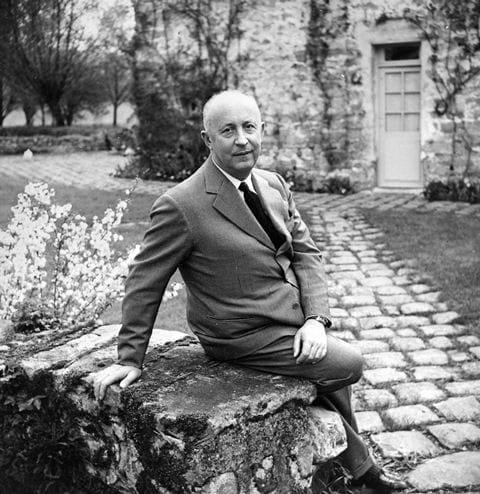
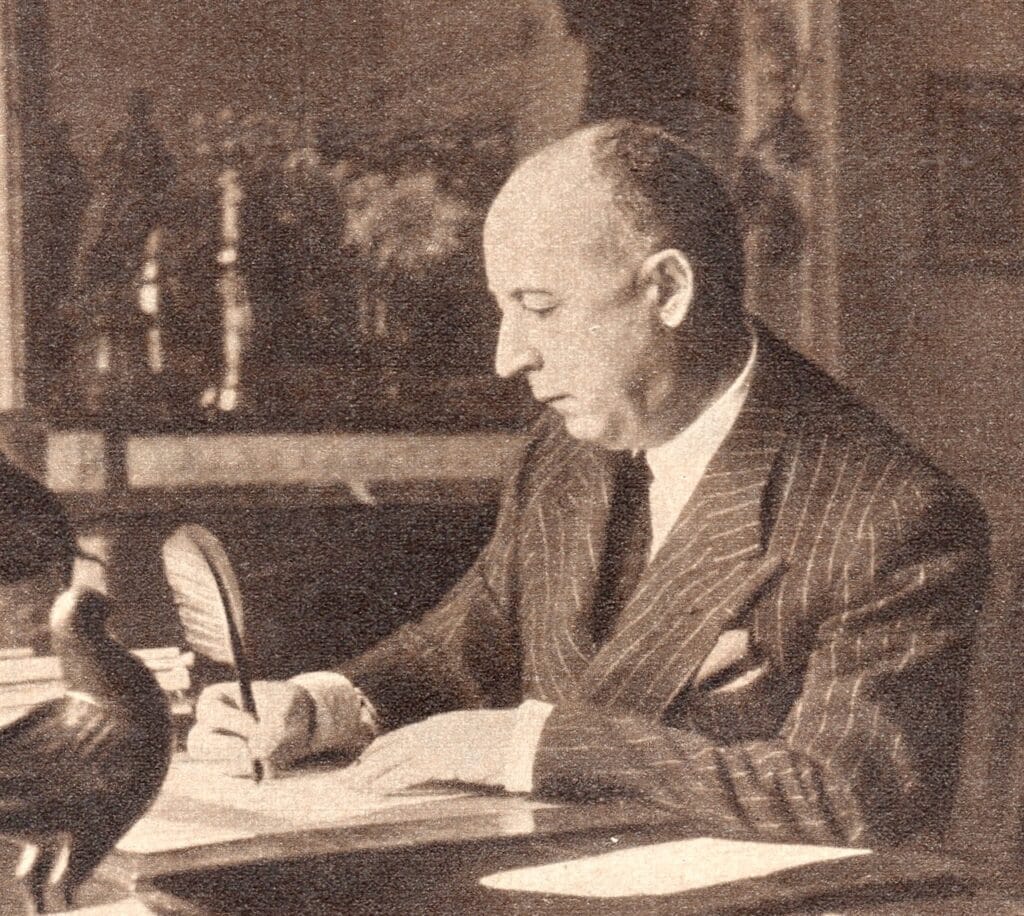
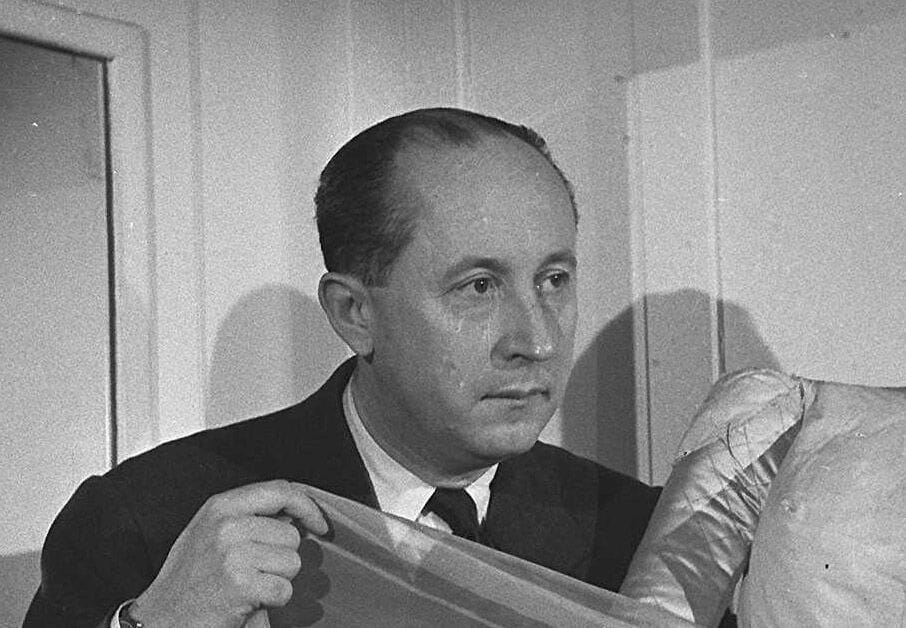
His commitment to making women feel regal and dignified is embodied in the New Look, a post-World War II fashion revolution that he spearheaded. With its cinched waists, voluminous skirts, and elegant silhouettes, the New Look was a radical departure from the utilitarian styles of wartime. It revitalized the fashion industry and restored a sense of glamour and opulence, symbolizing a renaissance of women’s fashion. The New Look was more than a style; it was a statement of Dior’s belief in the transformative power of fashion.
Personal anecdotes further illustrate Dior’s passion. He often recalled how his mother’s elegance deeply influenced him, fostering his love for creating beauty. His intricate attention to detail, from selecting luxurious fabrics to envisioning exquisite patterns, highlights a journey driven by an unwavering commitment to celebrating female beauty.
Christian Dior’s legacy in haute couture remains a profound tribute to women’s fashion. His designs are not just clothing but are symbols of empowerment, grace, and sophistication, echoing his belief that fashion plays a crucial role in the lives of women.
Christian Dior’s fashion career is not only marked by his visionary designs but also by his remarkable collaborations with eminent artists, renowned fabric suppliers, and fellow designers. These partnerships were central to the evolution and richness of Dior’s haute couture collections. By integrating the expertise and creativity of others, Dior amplified the sophistication and innovation characteristic of his fashion house. His collaborations with artists added an element of artistic profundity, enabling Dior to infuse his collections with unique, visually compelling narratives.

One of Dior’s notable collaborations was with Pierre Cardin, who started as a tailor at Dior before establishing his own fashion empire. Dior’s willingness to work closely with such talent underscores his commitment to fostering creativity and excellence within the industry. Another significant partnership was with Marcel Boussac, a powerful textile magnate. Boussac’s support and high-quality materials were instrumental in Dior’s launch of the groundbreaking “New Look” in 1947, which revolutionized women’s fashion with its sumptuous fabrics and elegant silhouettes.
Dior’s mentorship, particularly of young talents, left an indelible mark on the fashion world. The most prominent example is Yves Saint Laurent. As Dior’s chosen successor, Saint Laurent emerged as a future fashion icon, carrying forward Dior’s legacy with his own innovative approaches. This nurturing environment not only benefitted individuals but also ensured the longevity and relevance of the Dior brand itself. Dior’s mentorship was not limited to his own label; he encouraged a generation of designers to push boundaries and explore new aesthetics, thereby deeply influencing contemporary fashion.
Furthermore, Dior’s collaborative spirit extended beyond individuals to encompass broader artistic movements. His partnerships with illustrators like René Gruau and photographers such as Richard Avedon created iconic images that defined fashion for decades. The synergy between Dior and these artists resulted in compelling visual storytelling that cemented the brand’s standing at the pinnacle of haute couture.
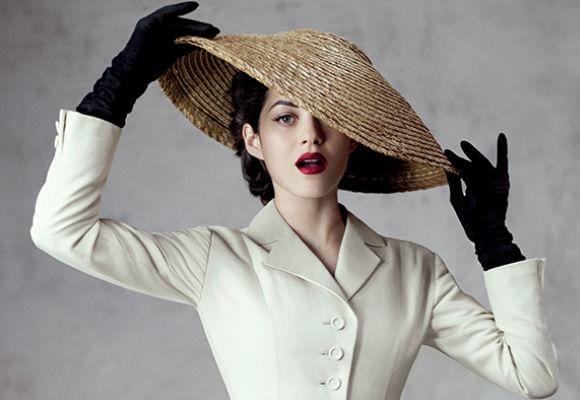
Collaboration and mentorship were cornerstones of Christian Dior’s career, contributing significantly to the fashion house’s illustrious legacy. His ability to harness collective creativity and support emerging talents not only enhanced his creations but also ensured the dynamic progression of the fashion industry as a whole.
Following Christian Dior’s untimely death in 1957, the fashion world faced great uncertainty. His successor, the young and exceptionally talented Yves Saint Laurent, was immediately thrust into the limelight. Saint Laurent’s early designs maintained the legacy of Christian Dior, yet infused the collections with his unique, groundbreaking styles, including the introduction of the trapeze dress. Under Yves Saint Laurent’s visionary direction, the House of Dior continued to thrive, seamlessly blending Dior’s foundational principles with Saint Laurent’s progressive creations.
The subsequent decades saw the House of Dior navigating through various creative directorial changes, each bringing distinct transformations while upholding Dior’s intrinsic values. Designers like Marc Bohan, who helmed the brand from 1960 to 1989, ensured continuity during times of social upheaval, crafting designs that balanced tradition with modernity. Gianfranco Ferré, taking the reins in the late 1980s, introduced a bold architectural fashion perspective, echoing haute couture’s opulent essence. John Galliano, renowned for his theatrical and avant-garde approach, revitalized the brand’s image in the 1990s and early 2000s, merging audacious flair with Dior’s classic elegance.
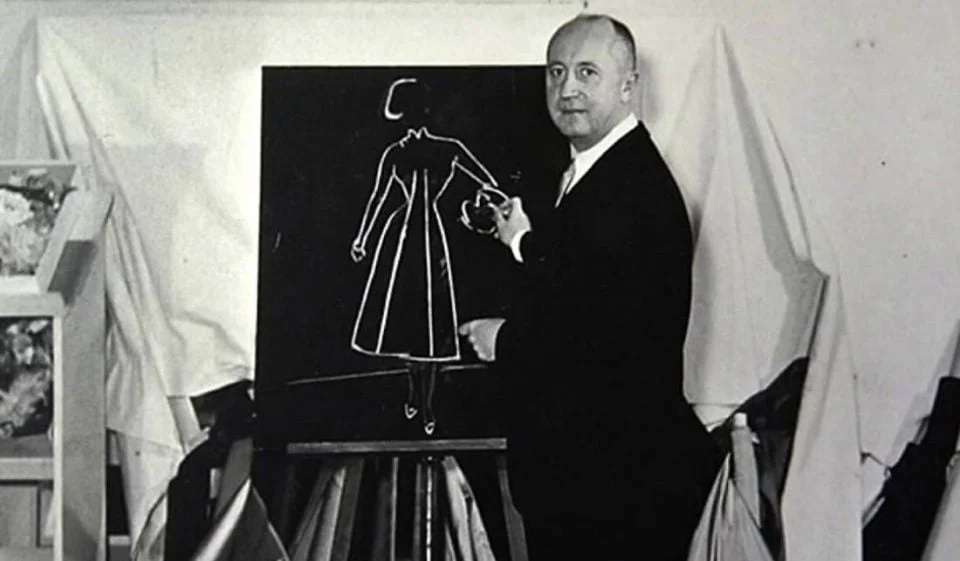
In recent years, creative directors such as Raf Simons and Maria Grazia Chiuri have left their indelible marks on the fashion house. Simons, known for his minimalistic aesthetic, brought a new-age sensibility to Dior, whereas Chiuri, the first woman to lead the House, has embraced feminism within her designs, fostering an evocative dialogue between fashion and women’s empowerment. Each artistic leader has built upon Christian Dior’s enduring influence, ensuring that his vision for haute couture remains at the forefront of contemporary fashion.
Through these transformations, the House of Dior has not only preserved its luxurious heritage but has also adapted to the evolving landscape of fashion. Christian Dior’s impact is evident in every collection, demonstrating the timeless nature of his creations and the house’s commitment to innovative yet respectful modernization. The seamless continuation of Christian Dior’s fashion legacy underscores the enduring enchantment of his visionary contributions to the world of haute couture.
Celebrating Christian Dior’s Legacy Today
Christian Dior’s legacy is alive and thriving in contemporary fashion, a testament to his groundbreaking vision and enduring influence. One of the most prominent ways Dior’s contributions are honored today is through retrospectives and exhibitions. Institutions like the Victoria & Albert Museum have hosted extensive showcases that delve into the rich history of Dior’s creations, offering insights into his revolutionary approach to women’s fashion. These exhibitions not only commemorate Dior’s haute couture masterpieces but also serve to educate new generations about the genius behind one of fashion’s most iconic names.
Dior’s designs continue to hold a revered place within the fashion industry. His classic creations, characterized by their elegance, structure, and timeless appeal, remain popular among fashion aficionados and designers alike. The “New Look,” which revolutionized women’s fashion with its cinched waists and full skirts, resonates as strongly today as it did in the 1940s. Many contemporary designers draw inspiration from Dior’s pioneering artistry, creating collections that pay homage to his aesthetic and vision.
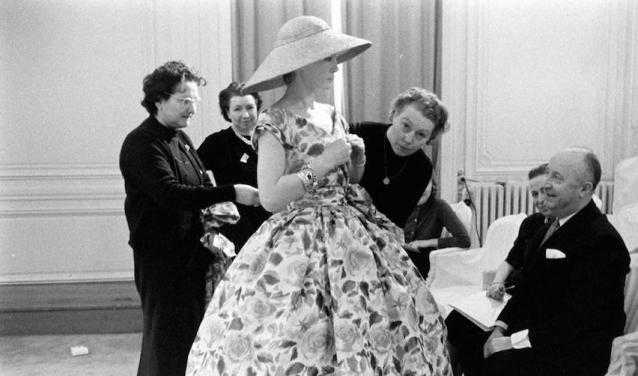



The brand of Christian Dior remains a formidable force in modern haute couture, consistently pushing the boundaries of innovation while staying true to its founder’s ethos. The continual reinterpretation of Dior’s signature styles reflects a dynamic blend of tradition and modernity, appealing to both established fashion enthusiasts and a younger, trend-conscious audience. The brand’s allure is evident in its sustained popularity, with Dior pieces frequently gracing red carpets and high-profile events, embodying the essence of sophistication and luxury.
Moreover, Dior’s influence extends beyond fashion; it touches on themes of feminism and empowerment in women’s fashion. His designs have always celebrated the beauty and strength of women, creating garments that enhance and dignify the female form. This commitment to celebrating femininity continues to resonate, reinforcing Dior’s position as a cornerstone of global fashion. Through exhibitions, ongoing influence in design, and a steadfast vision that empowers women, Christian Dior’s legacy remains a vibrant and integral part of contemporary fashion.
